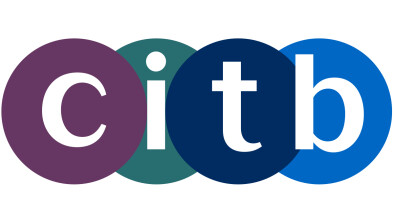CITB to reduce staff numbers by 30 per cent
 The Construction Industry Training Board (CITB) has unveiled plans to cut 30 per cent of staff by the end of 2018.
The Construction Industry Training Board (CITB) has unveiled plans to cut 30 per cent of staff by the end of 2018.
Confirmation of the job cuts, which will see its staff numbers drop to 950 from the current level of around 1,400, follows CITB’s board signing off the organisations business plan, which will be published later this month.
Plans to shed 46 jobs in a restructuring of its middle management, revealed by the organisation last month, are included in the latest announcement.
The skills body said plan is designed to “make CITB more responsive to industry needs, return maximum Levy value to construction employers, and make the organisation more modern, cost-efficient and able to help thousands more firms invest in training each year”.
CITB said it will achieve this by investing to modernise its currently outdated systems and processes; by consolidating roles to reduce duplication; and by seeking to work through partnerships and commissioning, rather than always delivering training directly.
CITB said its priorities will be:
Stephen Radley, director of policy at CITB, said: “In delivering this plan, we will review all current CITB activity to make sure Levy money is being used to best effect for construction employers. We will invest in the most-needed training, and work through partnerships and commissioning wherever possible to make sure it is available in the right places.”
















